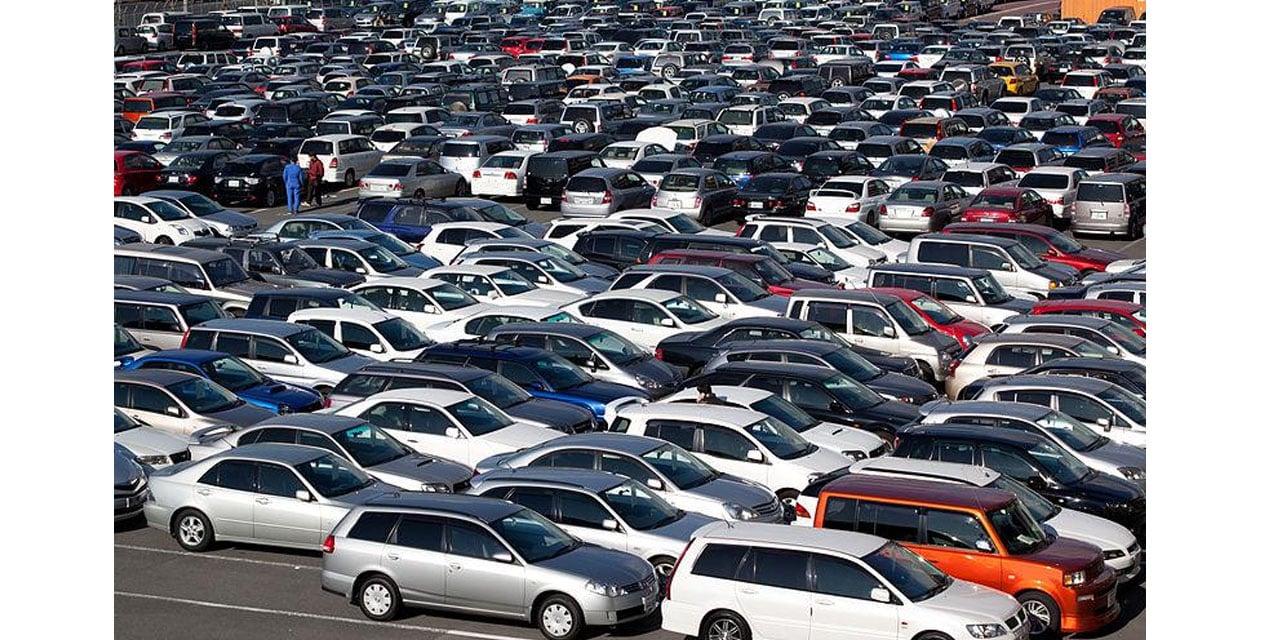Martin Endjala
Amid financial constraints, the sale of vehicles in Namibia is on a year-on-year upward trajectory.
Vehicle sales increased from 872 units in June 2022 to 1,320 in June 2023 which represents an increase of 51.4 percent.
According to a Simonis Storm Securities report, in prior months, sales were declining since March 2023, with June’s sales being the first monthly increase in sales since then.
Light commercial vehicles drove sales in June 2023, increasing by 74.7 percent from a low base of 375 units to 657 units.
At the same time, passenger vehicles accounted for 44 percent of sales and grew in sales by 34.3 percent in June 2023.
Smaller segments of the market, medium to extra-heavy commercial vehicles and buses, collectively account for 6.3 percent of total sales in June 2023.
Economics Researcher, Theo Klein says vehicle sales have proven resilience in the last couple of months, supporting the view that the sentiment has changed and is more positive compared to previous years.
The last two quarters came in above the pre-pandemic level of the second quarter of 2019, signalling a recovery from the pandemic.
With tourism picking up, purchases by rental companies have supported vehicle sales leading to the second quarter of 2023 being the best-performing quarter since the second quarter of 2017.
Using the second quarter of 2019 as the pre-pandemic level, the 2023 second quarter outperformed the benchmark by 11.6 percent.
“This is a positive indication that growth in this sector will support business activity in the transport, wholesale and retail sectors of our economy,” Klein said.
Meanwhile, the transport and storage industry expanded by 6.7 percent in the first quarter of 2023. One of the contributors included freight services increased by 3.2 percent despite medium to extra-heavy vehicles showing a decline in sales units by 3.5 percent during the same quarter.
Although units sold are below last year’s levels, commercial vehicle sales have been on an inclining trend since the start of the year.
This means that the volumes of cargo being transported have increased, as was expected at the start of the year based on engagements with local trucking companies.
Transport has consistently been three percent of the GDP since the first quarter of 2019, relatively low compared to other sectors in the economy. However, transport is perceived to be a driver of economic activity in 2023, supporting complementary activities such as retail, mining, tourism and agriculture.
Sadly, the operation of the vehicles category in the consumer price basket is showing signs of deflation (negative inflation rates), whereas car price inflation remains relatively flat, with vehicle price inflation averaging at 6.4 percent.
The operation of personal transport equipment inflation reached -2.5 percent and fuel inflation -7.0 percent in June 2023.
“From our discussions with local dealerships, car prices will increase between three percent and five percent each quarter for the rest of 2023 across different brands,” he said.
Consequently, globally, there are still risks that could impede decreases in vehicle prices. Supply constraints continue to be a challenge for the flow of new vehicle stock.
According to McKinsey, the semiconductor industry experiences imbalances between supply and demand, with lead times for semiconductors ranging from 20 to 40 weeks.
An estimated 90 percent of the demand-driven shortages are related to mature technology and trade wars between the US and China.
Short-term demand and supply dynamics are expected to remain volatile, with the industrial and automotive sectors likely to face supply issues in the short- and medium-term.
The demand for semiconductors is projected to increase by 6-7 percent annually by 2030, making geopolitical developments between the US and China a critical factor. China has placed a trade restriction on two minerals (gallium and germanium) which are critical in the production of semiconductors, missile systems and solar cells.
This will worsen supply chain issues of advanced technologies, placing upward pressure on their prices and creating larger backlogs in products such as vehicles. However, while these developments are expected to dampen the outlook on vehicle sales in the second half of 2023 globally, some local dealerships indicate that they do not foresee imminent shortages in the supply of new vehicles from global factories in 2023.
Should demand for new vehicles remain intact as is expected, sales are likely to remain above pre-pandemic levels for most of the second half of 2023.




